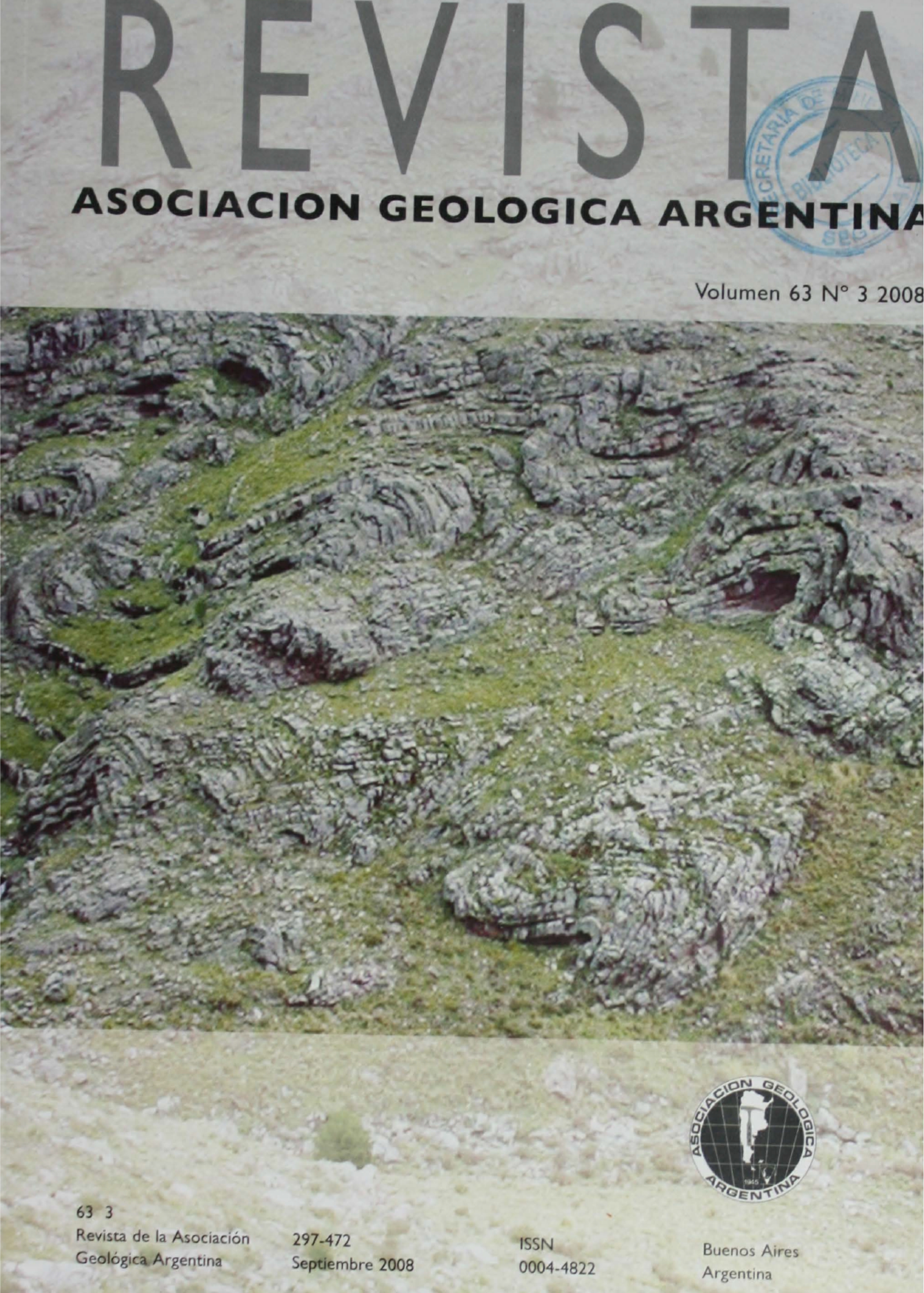Quaternary continental deposits in the northeast Buenos Aires province
Main Article Content
Abstract
Geological and paleontological features of the continental units cropping out at this area of the Pampean region are described. These features suggest that the continental (fluvial, eolian and weathering) processes have had a major influence in the development of the different geoforms, lithological units, and fossil components. The continental deposits mostly developed and widely distributed in the area are those composed of loess and loessoid silts grouped as the Pampeano Formation. This mainly eolian unit, has been reworked in some cases by water and gravitational processes, and affected by weathering, and also involves fluvial and lacustrine facies. Because of its homogeneity, its differentiation has been often based on non-lithological aspects, being arbitrary, and making difficult the correlation with other exposures, especially regarding its horizontal discontinuity, and when little thickness is exposed. Consequently, it is considered that the name of Pampeano Formation for all these sediments is more appropriate to reflect the characteristics of the unit. Other units cropping out in the area are also described, such as the La Postrera Formation, the channelled deposits of the Luján Formation and the modern alluvium, the geosols Puesto Callejón Viejo and La Pelada, and the mixed or littoral units of the Pilar and Campana formations.
Article Details

This work is licensed under a Creative Commons Attribution-NonCommercial 4.0 International License.
Nota de copyright
Los autores conservan los derechos de autor y garantizan a la revista el derecho de ser la primera publicación del trabajo licenciado según una licencia de atribución Creative Commons que permite a otros compartir el trabajo con el reconocimiento de la autoría y de la publicación en la que se publicó por primera vez.
Declaración de privacidad
Los nombres y direcciones de correo electrónico introducidos en esta revista se usarán exclusivamente para los fines declarados por esta revista y no estarán disponibles para ningún otro propósito u otra persona.

